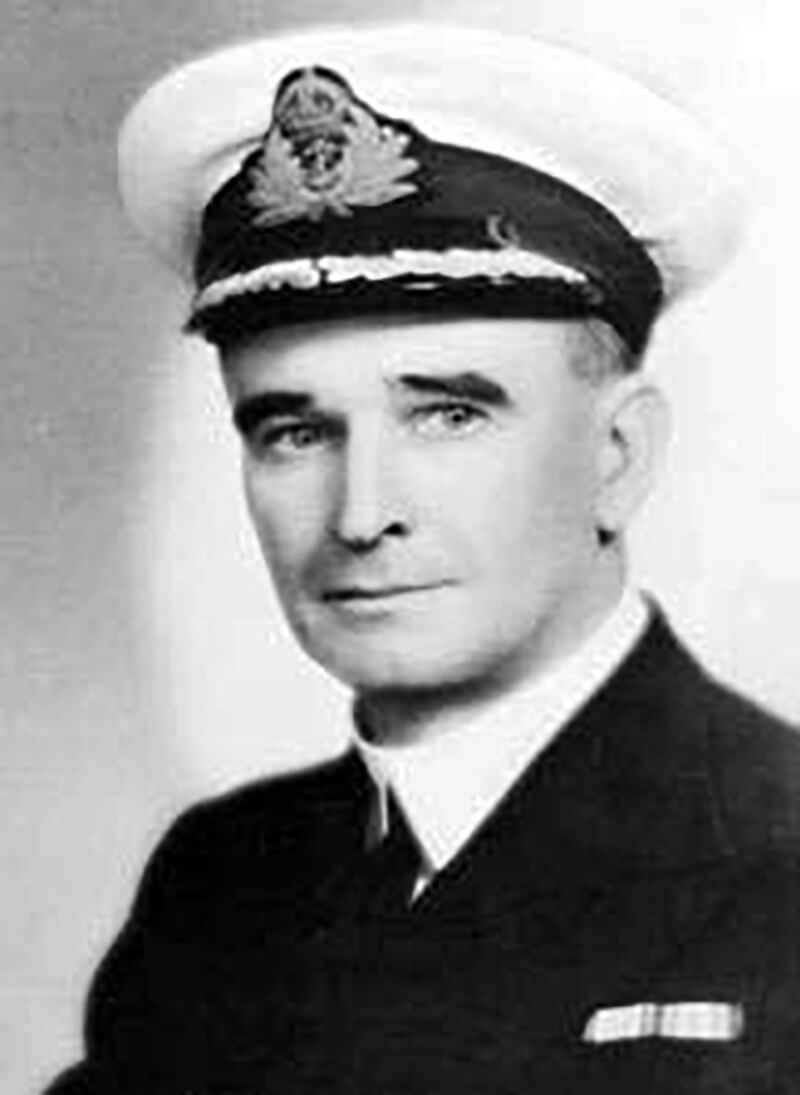| Badge |
| – |
| Motto |
| – |
| Founded |
| 1919-1922 |
| Disbanded |
| August 1945 |
| Theater of Operations |
| Pacific |
| Foundation |
It was Captain J. G. Clare, of the Royal Australian Navy who was a firm believer of the concept of Coastwatchers. He envisioned a network of observers on the islands North and Northwest of Australia. Their task would be to monitor the local Island and report to Australia about it. Although Clare proposed the program as early as 1919, it was not until 1922 before the Australian Commonwealth Naval Board directed the Naval Intelligence Division of the Royal Australian Navy to organise the coastwatching service.  Captain Chapman James Clare During the 1920’s and 1930’s under direction of Walter Brooksbank, a civil assistant to the Director of Naval Intelligence, a network of plantation owners and managers whose properties were in strategic locations in northern Australia, the Australian controlled Territory of Papua, and the British Solomon Islands, and the Bismarck Archipelago was formed. It was of foremost importance that these Coastwatchers had local knowledge and firm contacts with the local people. In 1935, commander R. B. M. Long, Director of Naval Intelligence in Melbourne ordered his staff to close the gaps in the coastwatching service. In 1939, Commander Long offered Eric Feldt, a retired Royal Australian Naval officer, the position of head of the new Naval Intelligence Centre in Port Moresby, New Guinea. Living on the island for so long during his job in the public service, he knew the islanders, the plantation owners, their managers, and the government officials. Feldt expanded the coast-watching service with additional island planters, traders, miners, and missionaries. Since it became more and more clear that Japan was going to be the enemy in an eventual war, his goal was to build a kind of “fence” from the borders of the Dutch East Indies to the eastern side of the Solomon Islands.  Commander Eric Augustas Feldt, OBE, RAN Every Coastwatcher was supported by a group of indigenous people. Messages were transmitted by a tele radio. This set consisted of a transmitter, a receiver, and a loudspeaker. The set was transported in three metal boxes measuring 60 cm x 30 cm x 30 cm. They were powered by car batteries, which were charged by a petrol engine weighing 30 kg. Feldt codenamed the Coastwatchers organisation “Ferdinand”, after a children’s book, “The Story of Ferdinand”. He liked the story because “Ferdinand … did not fight but sat under a tree and just smelled the flowers.” The codename was a reminder to the Coastwatchers that it was not their duty to fight and draw attention to themselves, their duty was to hide in secret and gather information. In May 1941, the Coastwatchers headquarters was moved to Townsville, Queensland, Australia. When the war broke out Feldt insisted that the Coastwatcher would be enlisted into the army. Until that moment every Coastwatcher was an unpaid volunteer. This would provide them with an income and in the event of being killed their next of kin would receive a pension. In April 1942, all volunteer Coastwatchers became members of the Royal Australian Naval Volunteer Reserve (RANVR). When the war started, the service was expanded with four hundred extra Coastwatchers. Among them were servicemen from Australia and New Zealand, Pacific Islanders, fled Allied servicemen and escaped Allied prisoners of war. Many of the Coastwatcher were indigenous people themself. These Pasifika gave the Coastwatcher an extra advantage since they transmitted their secret messages in their native tongue. They leapfrogged from one island to the next before it was sent using morsecode to Fiji and onto New Zealand or Australia. |

